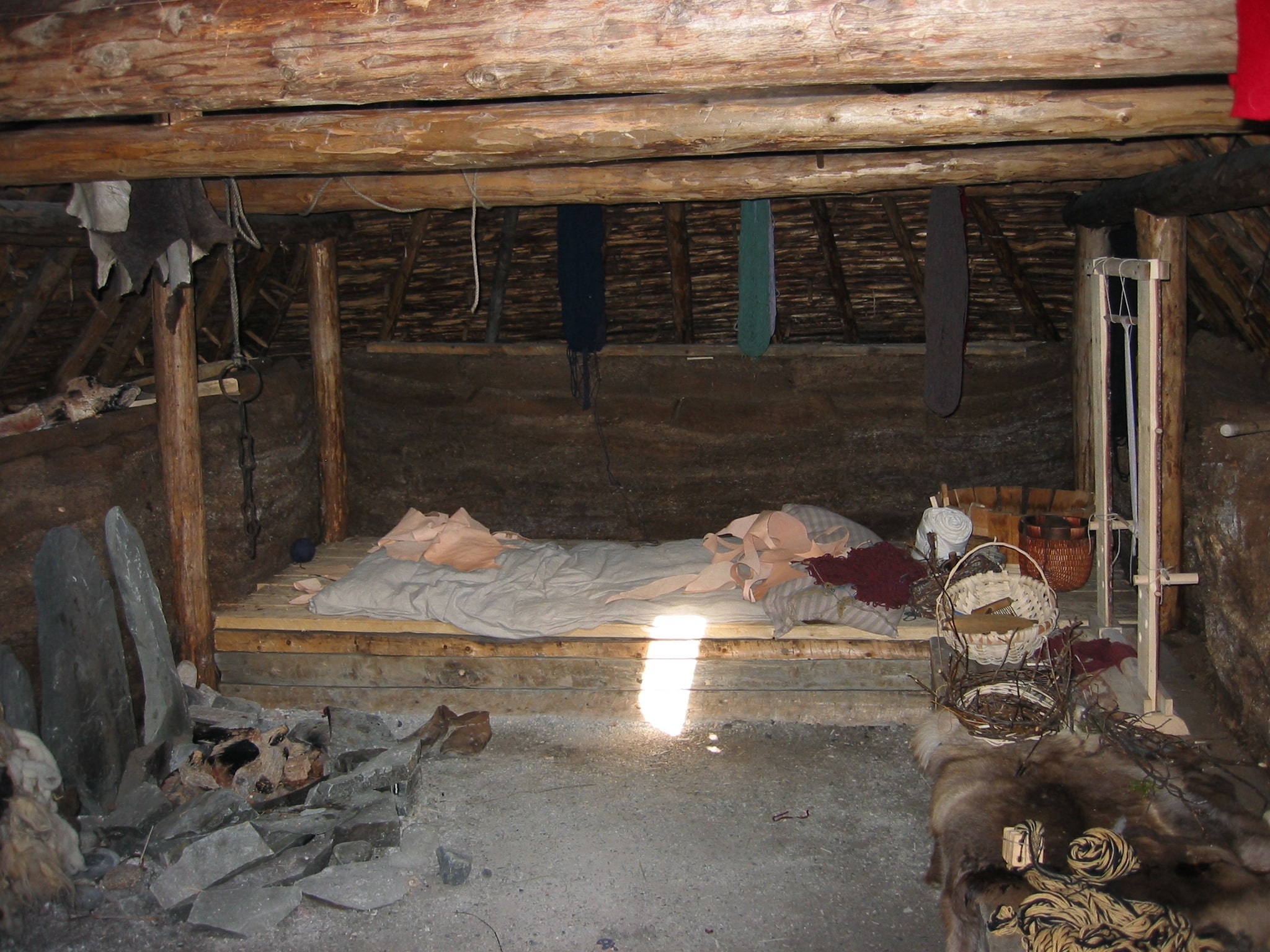Nordic Discovery, Viking
The Vikings explored the Americas nearly 500 years before Columbus
Many believe that Christopher Columbus was the first European to discover the Americas , but new research shows that the Vikings arrived here nearly 500 years before Columbus. Scientists have long known that the Vikings built a settlement called L’Anse aux Meadows, Newfoundland , Canada, which has been discovered by archaeologists since the 1960s. However, the exact timing is still difficult to determine, and this latest study answers these questions. Using cosmic rays on wooden artifacts, scientists have determined the date of the arrival of the Vikings in North America.

A team of archaeologists Michael Dee from the University of Groningen in the Netherlands has provided evidence that Vikings were active at L’Anse aux Meadows as early as 1021, at least 470 years before Christopher Columbus reached the Bahamas in 1492 “This is evidence of the only time Europeans set foot in the Americas before Columbus is known. It is also the first time that this has been scientifically determined. Previously, dating was based solely on oral stories and records from the 13th century, at least 200 years after the events.”
The Vikings are an experienced people in sailing, they came to Iceland in the late 9th century and North America in the 11th century, this is also the first time humans circumnavigated the entire Earth.
Based on the location of the wooden artifacts in the village of L’Anse aux Meadows, along with traces of the appearance of metal tools, which the natives were not able to do then, the archaeologists science believes these belong to the Vikings.

As for the year in which the artifacts were made, the researchers were able to determine the exact time by analyzing a spike in a naturally occurring radioactive form of carbon found in ancient wood fragments. old. To date, Dee and his team have analyzed three pieces of wood collected from L’Anse aux Meadows, all of which come from different trees. These pieces of wood are leftovers from logging and activities in Viking life.
The amazing level of accuracy comes again from the solar storm event that took place in 993, which left a distinct radiocarbon signature in tree rings around the world. “After measuring the radiocarbon concentration in the Viking logs, the researchers used a microscope to count the growth rings to know exactly how many years the tree stopped growing. All 3 pieces of wood return the date of cutting the tree as 1021.”

“About 100 Vikings lived in L’Anse aux Meadow. We also found some remains that suggest they may have ventured further south in the Americas. From the amount of trash left behind and no burial sites, archaeologists suggest that their time at L’Anse aux Meadows was probably relatively short.”
According to Gizmodo




















